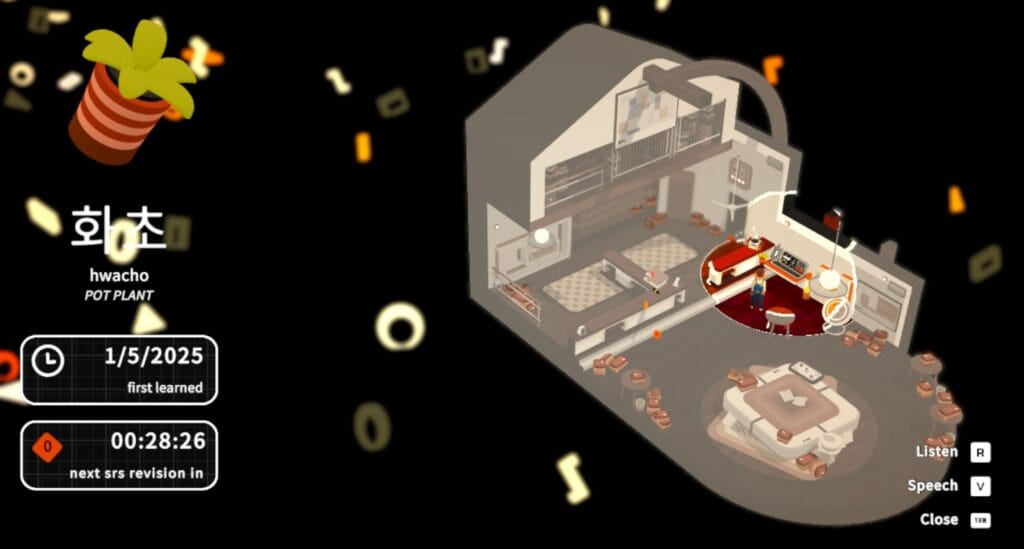In Korean, sometimes yes means no? Korea has a little quirk different from English when it comes to answering questions. The basics of it is that in Korean, you answer the statement and not the intention- I’ll quickly break it down now!

How to Answer Yes/No Questions
In Korean, your answer is dependent on the words in the question. No matter if someone asks you something like “you don’t like it?” or “you like it?”, you’ll reply with yes to both if they are correct.




